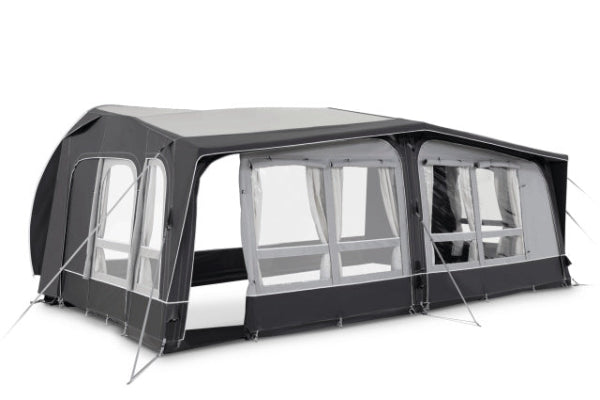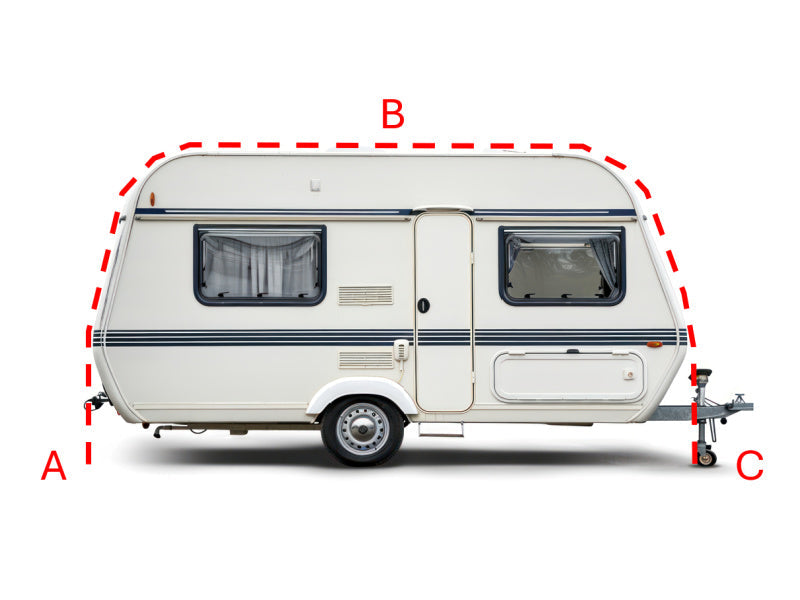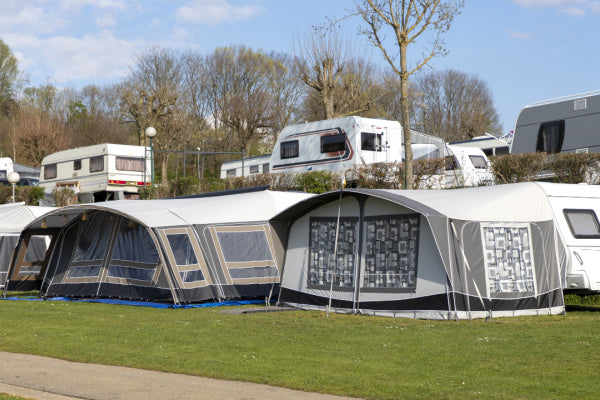Are Portable Power Stations Allowed on Planes?
Ever tried explaining to airport security why your portable power station isn’t a bomb? Short answer: Yes, they’re allowed—but only in carry-on and under strict rules. Confused about watt-hours, lithium-ion limits, and sneaky airline policies? Stick around—we’re unpacking the flight-safe way to stay fully charged.
Navigating Air Travel with a Portable Power Station: Rules, Preparation, and What to Expect
Let’s begin with the basics.
Portable power stations are battery-powered generators designed to charge your devices on the move. They come in various sizes and capacities, depending on your needs.
Whether you’re off-grid camping or commuting internationally, they’re a handy backup for keeping your electronics alive.
But when it comes to air travel, things can get a bit more complicated.

Understanding the Core Regulations: Watt-hours, Carry-on Rules, and Prohibitions
Understanding the rules around portable power stations is essential if you want to avoid surprises at the airport.
It’s not just about owning the right device—you need to follow safety guidelines and airline-specific policies.
Knowing your battery’s size and chemistry helps, too.
Let’s walk through what matters most.
The Critical Watt-hour (Wh) Thresholds: Under 100Wh, 100–160Wh (with approval), and Over 160Wh (banned)
The UK Civil Aviation Authority (CAA) has specific guidance for travellers.
If your portable power station is rated at 100 watt-hours (Wh) or less, you can usually bring it in your carry-on with no extra paperwork.
For batteries rated between 100Wh and 160Wh, you may need approval from your airline before flying.
Anything over 160Wh is generally not allowed on planes at all—neither in carry-on nor checked baggage.
Always check the specifications before packing.

Why Lithium Batteries (like those in power stations) are Carry-On Only
Most portable power stations use lithium-ion batteries.
These are sensitive to heat and physical damage, which is why they're banned from checked luggage.
According to IATA and CAA safety regulations, lithium batteries must be kept in the cabin so you—and the crew—can respond quickly if something goes wrong.
It's a safety issue, not just a packing rule.
Differentiating Power Stations from Small Power Banks for Rule Application
It’s important to know the difference between power banks and power stations.
Power banks are usually small, pocket-sized devices for phones and tablets.
Portable power stations, on the other hand, are much larger and designed to power laptops, cameras, and even small appliances.
Because of this, they’re treated differently by airlines, especially when the Wh rating climbs above 100.
The larger the battery, the tighter the regulations.

How to Identify or Calculate Your Device’s Watt-hour Rating (from mAh)
Most manufacturers label the watt-hour (Wh) rating somewhere on the device or packaging.
If you can’t find it, you can calculate it manually using this formula:
Wh = (mAh ÷ 1000) × Voltage
This number is crucial—airport security and airline staff will refer to it when checking your device.
Knowing it in advance avoids last-minute issues at the gate.
Before You Fly: Airline Checks, Safe Packing, and Documentation
Planning ahead can save you hassle when flying with a portable power station.
Don’t rely solely on general guidance—airlines may apply their own restrictions on top of international rules.
Essential Step: Verifying Your Specific Airline’s Policy (Don’t Assume!)
While IATA and the CAA set the baseline, airlines often enforce stricter policies.
Some may require you to notify them in advance if your device exceeds 100Wh.
Others might ask to see documentation at check-in or prohibit certain brands altogether.
Always check your airline’s website or contact their customer service before flying.
How to Safely Pack Your Power Station to Prevent Damage and Short Circuits
Make sure your power station is packed securely in your carry-on.
Switch it off, and keep it isolated from other metal objects that could cause a short circuit.
If it has exposed terminals, cover them with non-conductive tape or caps.
Avoid placing it near drinks, sharp objects, or anything that could cause damage during transit.
This isn’t just good practice—it’s often required by airlines.
Documentation: When and Why You Might Need Proof of Airline Approval (for 100–160Wh devices)
If your power station falls between 100Wh and 160Wh, you’ll likely need to get pre-approval from your airline.
This approval should be in writing—either by email or printed confirmation.
Security staff or airline personnel might ask for this at check-in or boarding.
It’s best to keep a hard copy in your carry-on just in case.
At the Airport: Security Screening and Boarding with Your Device
Knowing what to expect during screening helps your journey go smoothly.
A bit of preparation goes a long way.
What to Expect During TSA/Security Checks with a Portable Power Station
Portable power stations often raise questions at airport scanners.
Expect security to flag it for closer inspection, especially if it’s large or has multiple ports and switches.
You may be asked to remove it from your bag and place it in a separate tray, just like a laptop.
This is standard—don’t panic.
Declaring Your Device: When It’s Necessary
If your airline requires approval for your power station, or if it’s between 100–160Wh, declare it at check-in.
Failing to declare can result in delays or even denial of boarding.
It’s better to mention it than to be caught off guard at the gate.
Staff are trained to handle these queries and will appreciate your transparency.
Tips for a Smoother Screening Process
-
Label your power station clearly with its Wh rating
-
Pack it where it’s easy to remove for scanning
-
Carry printed approval documents (if needed)
-
Be polite and cooperative—security teams are just doing their job
-
Don’t argue about rules; ask questions if you're unsure
Choosing a Flight-Friendly Power Station and Considering Alternatives
Not all power stations are ideal for flying.
Knowing what features to look for can make your choice easier.
Key Features of a Travel-Ready Portable Power Station (Clear Labelling, Lower Wh)
A good travel-ready power station should have:
-
A clearly visible Wh rating on the label
-
A capacity under 100Wh (to avoid airline approval hassle)
-
Built-in safety features, such as overcharge protection
-
USB and DC ports rather than bulky AC outlets
-
A compact design for easy stowage in carry-on luggage
Are There "TSA-Approved" or "Airline-Approved" Brands? (Clarifying Misconceptions)
There’s no such thing as an officially "TSA-approved" or "airline-approved" power station.
Approval is based on specifications, not branding.
Some companies may advertise their devices as "flight-safe," but always check the actual Wh rating and airline policies to be sure.
Don’t trust marketing over hard numbers.
What to Do If Your Power Station Isn’t Permitted (Shipping, Smaller Banks, Airport Charging)
If your power station doesn’t meet the rules:
-
Ship it to your destination separately using a courier service
-
Switch to a smaller power bank that’s flight-approved
-
Use airport charging stations for quick top-ups
-
Look into rental options or local charging hubs at your arrival point
It’s better to have a backup than to risk losing your device at security.
Other content you might like:
- How Long Do Portable Power Stations Last?
- Can You Run a TV Off a Portable Power Station?
- Can Portable Power Stations Be Used Indoors?
- Can Portable Solar Power Stations Work in Winter?
- How Many Hours Will a Portable Power Station Last?
- How Long Can a Portable Power Station Run a TV?
- Can You Leave a Portable Power Station Plugged In All the Time?
- Will a 1000W Inverter Run a Refrigerator?
- What Can a 150W Portable Power Station Run?
- How Many Batteries Do I Need for a 1000W Inverter?





Leave a comment